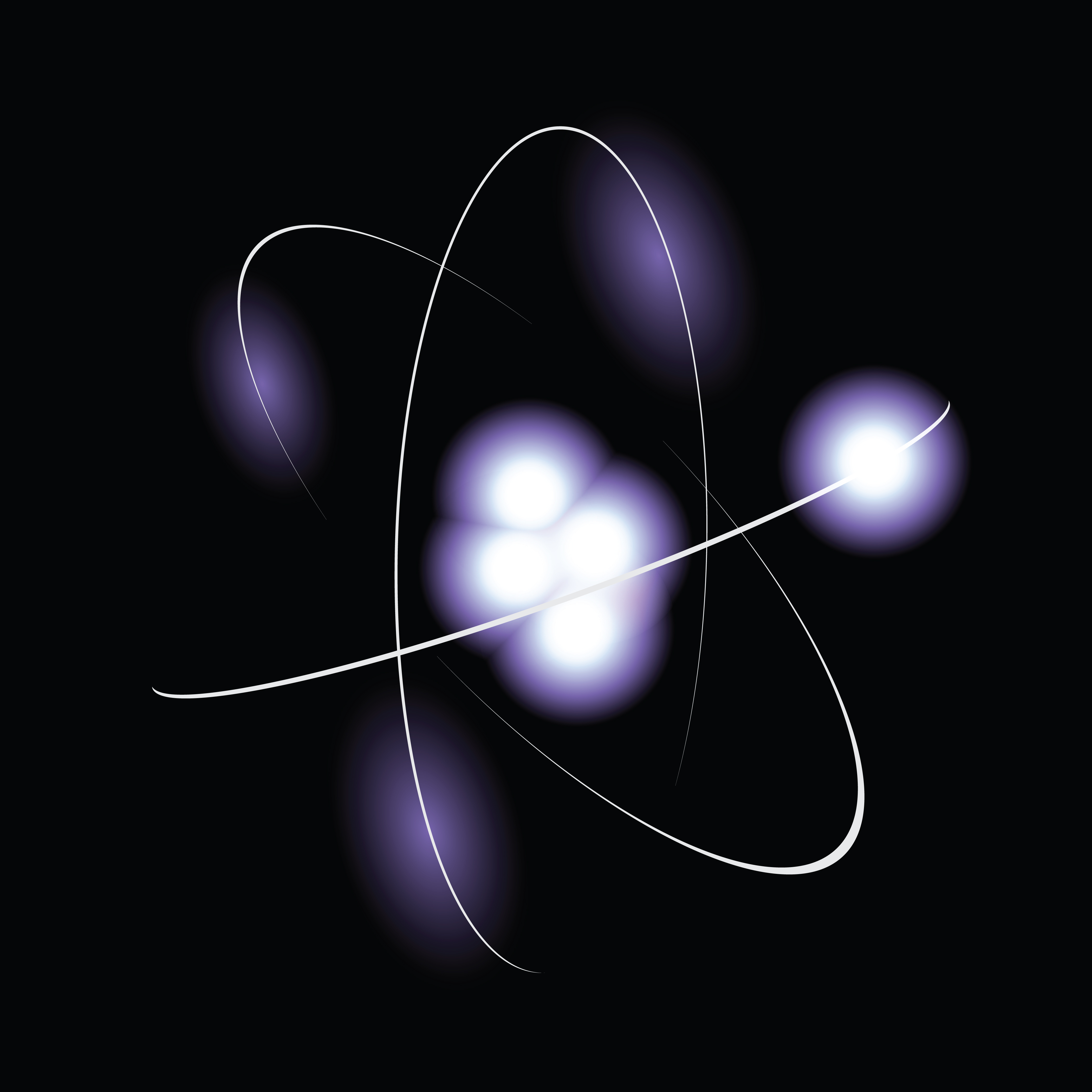
The science questions that could be answered by an electron ion collider (EIC) – a very large-scale particle accelerator – are significant to advancing our understanding of the atomic nuclei that make up all visible matter in the universe, says a new report by the National Academies of Sciences, Engineering, and Medicine. Beyond its impact on nuclear science, the advances made possible by an EIC could have far-reaching benefits to the nation’s science- and technology-driven economy as well as to maintaining U.S. leadership in nuclear physics and in collider and accelerator technologies.
The National Academies were asked by the U.S. Department of Energy (DOE) to examine the scientific importance of an EIC, as well as the international implications of building domestic EIC facility. The committee that conducted the study and wrote the report concluded that the science that could be addressed by an EIC is compelling and would provide long-elusive answers on the nature of matter. An EIC would allow scientists to investigate where quarks and gluons, the tiny particles that make up neutrons and protons, are located inside protons and neutrons, how they move, and how they interact together. While the famous Higgs mechanism explains the masses of the quarks, the most significant portion of the mass of a proton or neutron comes from its gluons and their interactions. Crucial questions that an EIC would answer include the origin of the mass of atomic nuclei, the origin of spin of neutrons and protons – a fundamental property that makes magnetic resonance imaging (MRI) possible, how gluons hold nuclei together, and whether emergent forms of matter made of dense gluons exist.
The report says a new EIC accelerator facility would have capabilities beyond all previous electron scattering machines in the U.S., Europe, and Asia. High energies and luminosities – the measure of the rate at which particle collisions occur – are required to achieve the fine resolution needed, and to reach such intensities and energy levels requires a collider where beams of electrons smash into beams of protons or heavier ions. Comparing all existing and proposed accelerator facilities around the world, the committee concluded that an EIC with high energy and luminosity, and highly polarized electron and ion beams, would be unique and in a position to greatly further our understanding of visible matter.
“An EIC would be the most sophisticated and challenging accelerator currently proposed for construction in the U.S. and would significantly advance accelerator science, and more specifically collider science and technologies, here and around the world,” said committee co-chair Gordon Baym, Center for Advanced Study Professor Emeritus, George and Ann Fisher Distinguished Professor of Engineering Emeritus, and Research Professor at the University of Illinois at Urbana-Champaign. “The realization of an EIC is absolutely crucial to maintaining the health of the field of nuclear physics in the U.S. and would open up new areas of scientific investigation.”
Currently, the Brookhaven National Laboratory (BNL) in Long Island, New York, has a heavy ion collider, and the Thomas Jefferson National Accelerator Laboratory (JLab) in Newport News, Virginia, has very energetic electron beams. Both labs have proposed design concepts for an EIC that would use their already available infrastructure, expertise, and experience. The report, without favoring one over the other, says that taking advantage of the existing facilities would make development of an EIC cost-effective and reduce associated risks that come with building a large accelerator facility. While both labs have well-developed designs for an EIC, both would require considerable R&D to fully deliver on the compelling science questions. The report states DOE R&D investment has been and would continue to be crucial to minimizing design risks in a timely fashion and to addressing outstanding accelerator challenges.
The committee added that along with advancing nuclear science, an EIC would also benefit other areas such as astrophysics, particle physics, accelerator physics, and theoretical and computational modeling. It would also play a valuable role in sustaining the U.S. nuclear physics workforce in the coming decades. Moreover, it would have a significant role in advancing more broadly the technologies that would result from the research and development undertaken in the implementation and construction of an EIC in the U.S. The report emphasizes that an EIC is the only high-energy collider being planned for construction in the U.S. currently, and building such a facility would maintain U.S. leadership in accelerator collider science while benefiting the physical sciences.
“The science that an EIC would achieve is simply unique and would ensure U.S. leadership in nuclear science as well as the accelerator science and technology of colliders around the world,” said committee co-chair Ani Aprahamian, Freimann Professor of Experimental Nuclear Physics at the University of Notre Dame.




